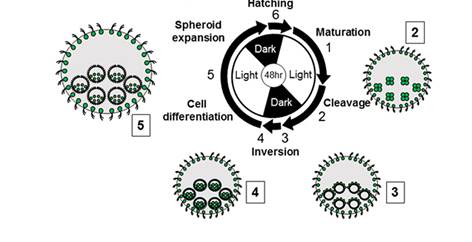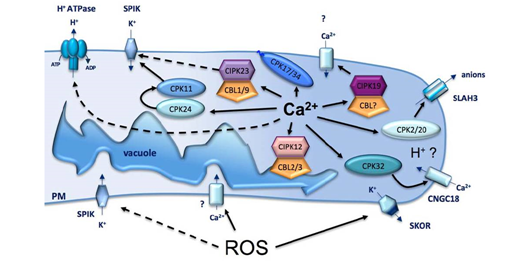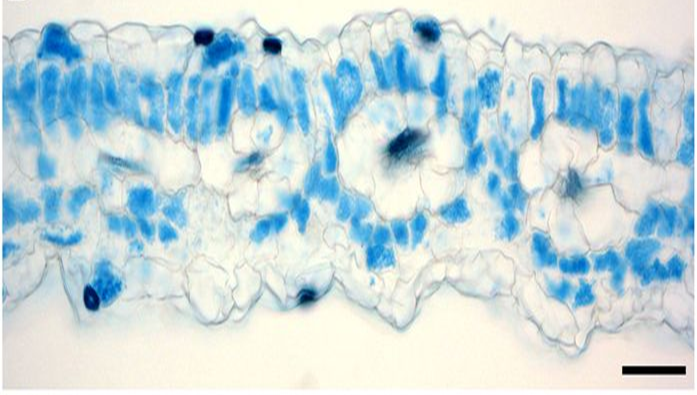
Gene editing to produce doubly-determinate, early-yielding tomatoes ($)
Plant Science Research Weekly, Research0 Comments
/
Tomatoes have an indeterminate growth pattern that arises from the balance of flower-promoting (florigen) and flower repressing activities. Suppressing this flower-repressing activity leads to greater determinacy and facilitates cultivation. Soyk et al. compared flowering times in short- and long-days…

Genetic basis of primrose floral dimorphism
Plant Science Research Weekly, ResearchSelf-fertilization in Primula is avoided by the production of two flower forms (morphs), one with a long style in which the stigma is elevated above the anthers (the L morph or pin) and one with a short style in which the anthers are well above the stigma (the S morph or thrum), although there are also…

Review: Volvox as a developmental model
Plant Science Research Weekly, ResearchMatt and Umen introduce the multicellular green alga Volvox carteri as a model for developmental studies. They provide an overview of embryonic patterning including the role of asymmetric cell divisions, inversion, (a process with some similarities to vertebrate gastrulation), and the role of cell size…

Review: Competence to flower
Plant Science Research Weekly, ResearchThe transition between vegetative and reproductive stages in the plant life cycle implies a change in the developmental program of the shoot apical meristem to stop developing leaves and start developing floral buds. The factors that allow this transition to happen are many and the underlying mechanisms…

Previewing Pollen Biology special issue of Plant Physiology
Plant Science Research Weekly, ResearchIn Plant Physiology Preview you can get a head start on reading the excellent set of articles from a forthcoming special issue on Pollen Biology. Updates and research articles cover all aspects of this crucial part of reproductive biology, from the complex cell biology that underpins polar growth of…

Best of 2016: Top Topics in The Plant Cell journal
Blog, Research, Research Blog, The Plant CellWe’ve highlighted some of the Plant Cell papers that were widely shared, liked, blogged, retweeted and otherwise garnered high-levels of attention this year. Perhaps you can use some holiday-season quiet time to catch up on those you missed.
Reviews and Perspectives
Creating order from chaos: epigenome…

The Power of Plasticity in Polyploid Persimmon
Research, The Plant Cell, The Plant Cell: In BriefIN BRIEF by Jennifer Lockhart [email protected]
Most plants are hermaphrodites, producing perfect flowers with both male and female functions. In roughly 6% of plants, however, male (usually XY) plants produce only male flowers and female (XX) plants produce only female flowers. These dioecious plants…

Best of 2016: Top Topics in Plant Physiology jounal
Blog, Research, Research Blog
We’ve highlighted some of the Plant Physiology papers that were widely shared, liked, blogged, retweeted and otherwise garnered high-levels of attention this year. Perhaps you can use some of that holiday-season quiet time to catch up on those you missed.
The breakaway attention-getter from Plant…

Evolutionary origins of stomata ($)
Plant Science Research Weekly, ResearchQuestions remain about the evolutionary origins and functions of stomata. They are absent from liverworts, present to a limited extent in mosses, and are found on 410 million year-old fossils of Cooksonia, a leafless plant. Chater et al. show that orthologs of two key transcription factors that control…

